Light is malleable.
Have you ever thought about that- that you could work light like a ball of clay?
It’s true. Light has 5 distinct characteristics that should be of interest to any photographer, and one undeniable truth that every photographer should know and understand.
However, many don’t.
Hopefully, by the time you’re done reading this article, you’ll have a grasp on all six! And that- should help improve your photographic efforts.
Before we get into the nitty-gritty of the article, let’s review something that you probably learned in science class (at some point in your life).
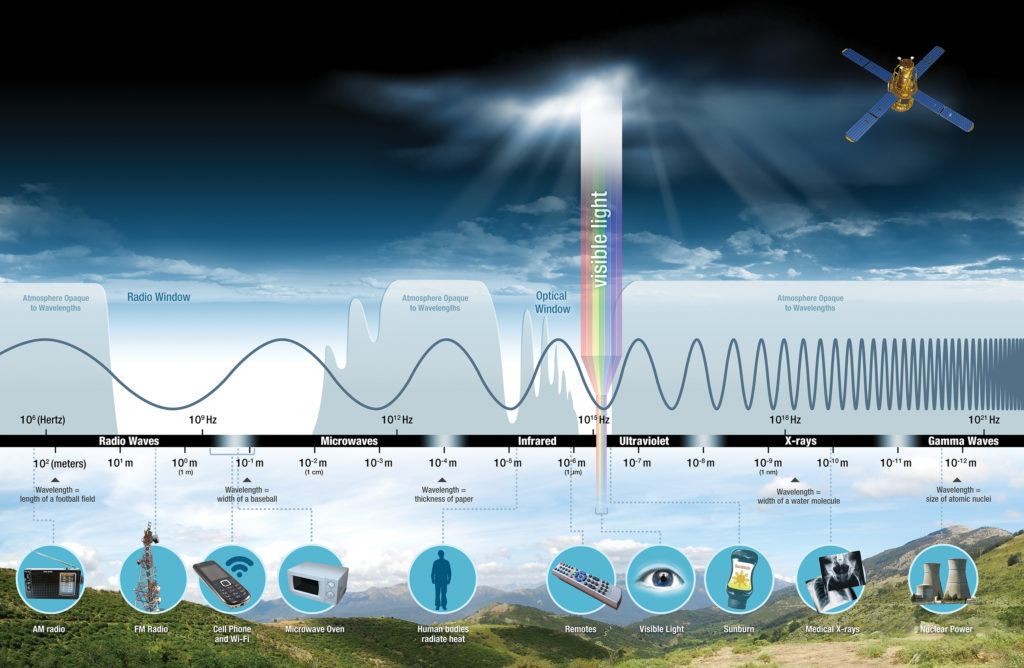
That’s right! Light moves in waves. Knowing that light moves in waves isn’t going to make you a better photographer. However, it should help you grasp the concepts behind the 5 characteristics of light, (that we will be discussing), and it’s a very important aspect to the one undeniable truth.
I’m going to get into all of that in a second. But first, let me explain the headline of this article to you.
The headline has to do with the undeniable truth about light- (the one that I alluded to in the second paragraph).
Here is the undeniable truth about light: Light always travels in a straight line!
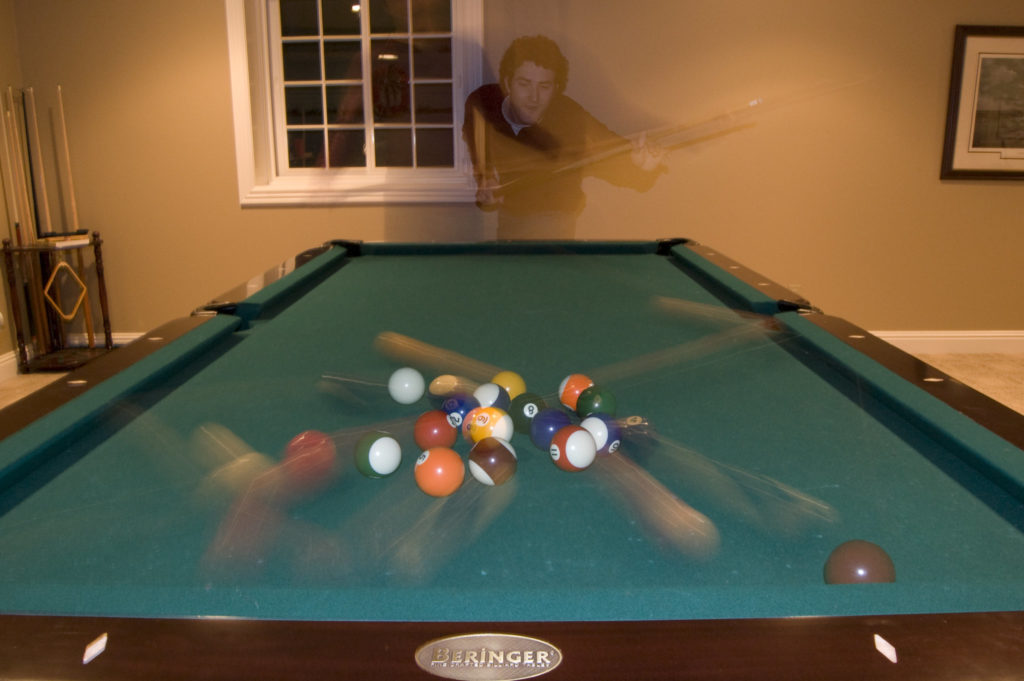
Now, consider the game of pool, (or billiards if you’re fancy). When you “break”, in a game of pool, all the balls will travel in a straight line (in the reverse direction) from the point of impact.
Some of you are probably thinking, “Wait a darn minute! Your photo-illustration clearly shows that ball #13, the orange striped one, changes direction.
Yes, it did change direction, which brings us to the 5 distinct characteristics of light that can help make you a better photographer.
I’m going to list all five and then explain them to you. The first characteristic on my list is probably the one you’re most acquainted with, and it is directly related to the movement of the #13 orange striped ball.
- Reflection
- Dispersion
- Transmission
- Absorption
- Refraction
All of the “Light Modifiers” that you see out there in the world of photography- they all have something to do with one, or more, of these 5 characteristics. They change the “light”- because light is malleable- plus- light always travels in a straight line. So, the manufacturers of “Light Modifiers”, and us as photographers… can accurately predict what light is going to do when we attempt to change it- because it always travels in a straight line, and it always adheres to these 5 characteristics.
I want to tell you a story, which I think is pertinent to this article.
Recently, I attended a wedding. I am a professional photographer, and because of this, I can’t help but watch when other photographers are at work.
So, I’m watching the wedding photographer at this wedding.
He had positioned the bride near a window. He also flipped his flash upward to bounce some additional light. Now- all of that seems pretty good! It was clear that he understood some concepts of lighting a portrait.
But, then I noticed something weird. He was holding his camera to shoot a vertical picture. That camera positioning pointed the head of his flash toward the window.
He was firing away and chimping, (looking at his LCD preview), and it was clear that he was not getting what he wanted. He would fiddle with the camera, and then the flash settings, and fire again and again.
The photographer finally stopped, moved the bride elsewhere, and went on about his business.
I thought about that moment throughout the day, and it occurred to me that he was expecting light from the flash to help illuminate the bride- and it wasn’t happening.
He wasn’t getting what he wanted from his electronic flash- because one of the 5 characteristics of light, (in my list above), was in play. Do you know which characteristic it was?
It was transmission.
He was expecting reflection but getting transmission.
Now, don’t go thinking this guy was some fool, because I see this with photographers ALL the time.
They don’t understand the characteristics of light- so they are UNABLE to predict what the light will do when they attempt to manipulate it.
Another case in point, back when I had my commercial photo studio, I used to hire a lot of young photographers as freelance assistants. I can’t tell you the number of times I would say to one of them, “Grab that reflector and bounce some light into the shadow side of the subject.”
I would then watch them, as they stood there, waving the reflector around crazily- trying to figure out how to bounce some light into the shadow side of the subject.
Awe… See… If they knew the game of pool- they would understand angles. Pool is all about angles and so is the art of “reflecting” light. Why? One reason is because light always travels in a straight line. If they had understood the characteristic of reflectance, they would have known immediately where to place that reflector to achieve what I had asked them to do.
Let’s take a look at the 5 characteristics of light.
REFLECTANCE
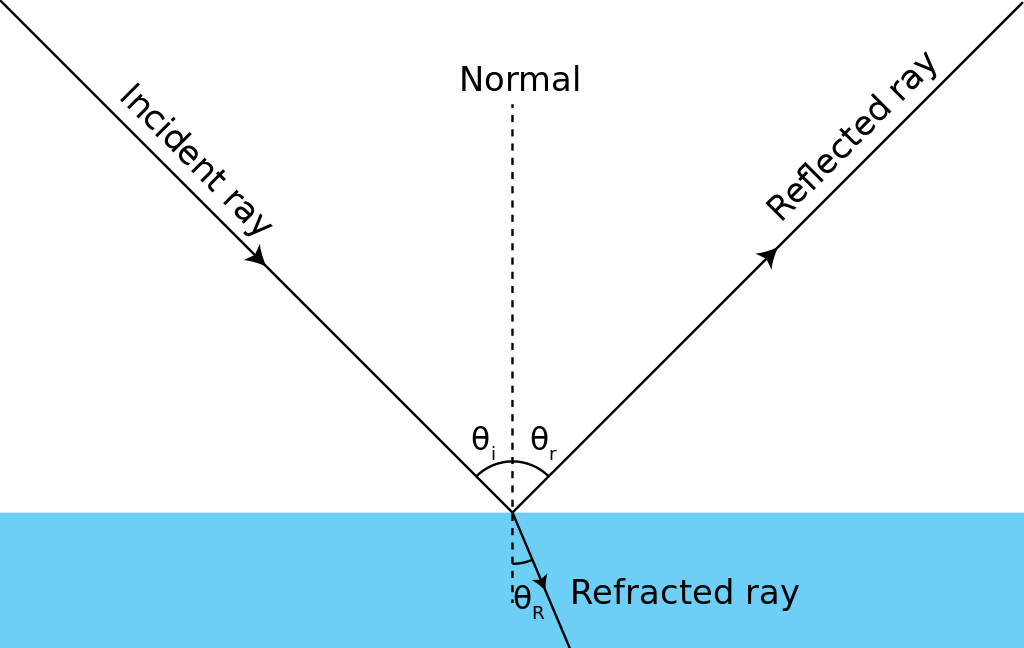
Oh boy! That looks technical doesn’t it? No worries. There are two key points to remember from this graphic.
- If a surface has no transmission rate (light won’t pass through it)- it will reflect a light ray at an angle equal to the angle of incidence. Ok… if you’re attempting to bounce the light from your electronic flash, and your subject is here, and you’re there, and your bouncing surface is over there- you need to visualize the correct equal angle between you, the surface, and the subject- and set your flash accordingly. Imagine you’re playing pool, and you’re trying to bounce the 8-ball off the side rail and into the corner pocket.
- If a surface HAS transmission qualities- then only a portion of the light, or perhaps none of it, will be reflected- Instead it will be refracted! Think about that poor wedding photographer trying to bounce his electronic flash off of the glass window. It wasn’t happening for him because flat glass has a very high rate of transmission.
DISPERSION
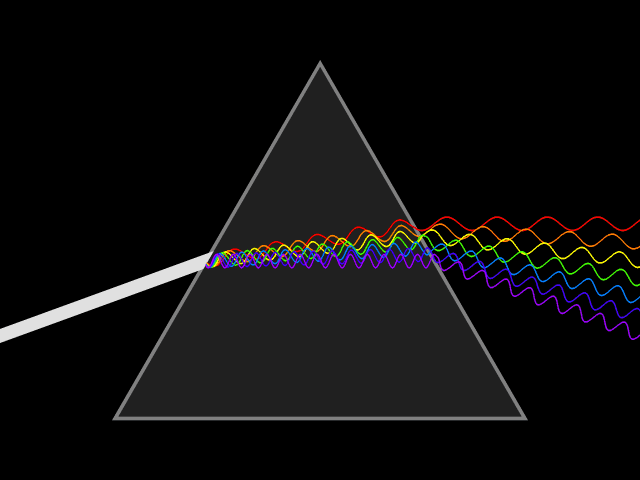
Dispersion is probably the second characteristic of light with which you might have some familiarity and didn’t even realize it.
You’ve undoubtedly heard of “soft light”.
Soft light- is light that has simply been dispersed.
The diagram above illustrates two characteristics of light working together: reflectance and dispersion.
To disperse light means to change the direction of the light waves into an erratic pattern. Remember, the light waves are still always traveling in a straight line, (because that’s the undeniable truth about light), but by dispersing them- they are now traveling in different directions. Just like the balls, after the break, on a pool table.
Look at the above illustration. The left example would be a white reflector that you purchased at a camera store. The reflector will have a surface that changes (disperses) the light as it reflects it- thus softening the light.
The example on the right would indicate light rays that were reflected off of a smooth surface, like a mirror. It has no surface disruption to disperse the light. So all the light rays reflect at an angle that is equal to the angle of incidence- thus this light would not be soft! It would be a “hard” light source.
Do you know why The Golden Hour is The Golden Hour? The light rays of the Sun are traveling at a lower angle to the Earth, thus they are “passing through” more of the atmosphere, which contains particulate matter, which disperses the light.
Fun! Huh?
Dispersion and Transmission are also closely tied together. How do you think a diffused light dome works on your portable flash?
TRANSMISSION
Transmission is SUPER IMPORTANT (as we found out with our wedding photographer story).
Just about every ‘Light Modifier”, that you might consider using, involves transmission at some level.
That might mean that the “Modifier” is allowing light to pass through, or not let it pass through, or disperse some of the light as it passes through, or filter out some of it as it passes through.
All of that has to do with transmission, and it is far too much information to be put into a single blog post.
So, I will cover a few highlights…
Transmission is when light passes through something. If something has a high transmission rate, (such as a flat glass window), most of the light passes through. If something has a low transmission rate- what happens? It could reflect (as we’ve already discussed) or it could…
Hold your breath… That’s coming up.
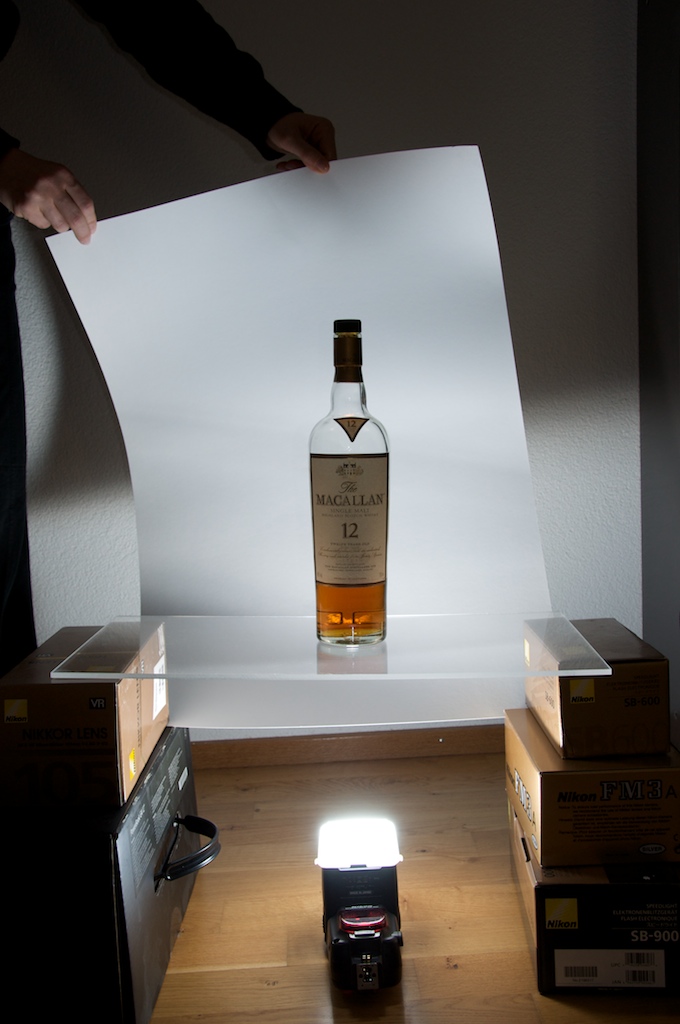
This diffusion dome is about as basic a “Light Modifier” as you can get. Most of us will own something like this in our photographic life. A light dome works on the principles of “Transmission” and “Dispersion”. Look at that! Two light characteristics working together!
ABSORPTION
Absorption is the “little cousin” on the light characteristic list. What do I mean by “little cousin”? It often gets ignored. But, don’t be fooled! Understanding absorption is critical to a photographer’s success.
Think about this scenario…
You’re trying to bounce your flash. You position the subject, and then twist your flash to camera right to achieve a nice, soft, bounced light source off of a nearby wall. You fire a shot. Wow. It looks terrible. It’s way to dark. So, you really pump up the power. You fire a second shot, and check it again. Now the subject has a reddish orange tint that looks terrible. You look at your bounce source. It’s a wall… that’s covered with mahogany paneling.
Oh oh… absorption is playing games with your head!
Tuck this fact into your brain-
- If you bounce light off of any object that isn’t pure and free of “color”- some of the light is going to be absorbed. This will cause two results: The light will be tainted. It will no longer be the pure light that your source sent: the power level of the light source will be proportionately reduced.
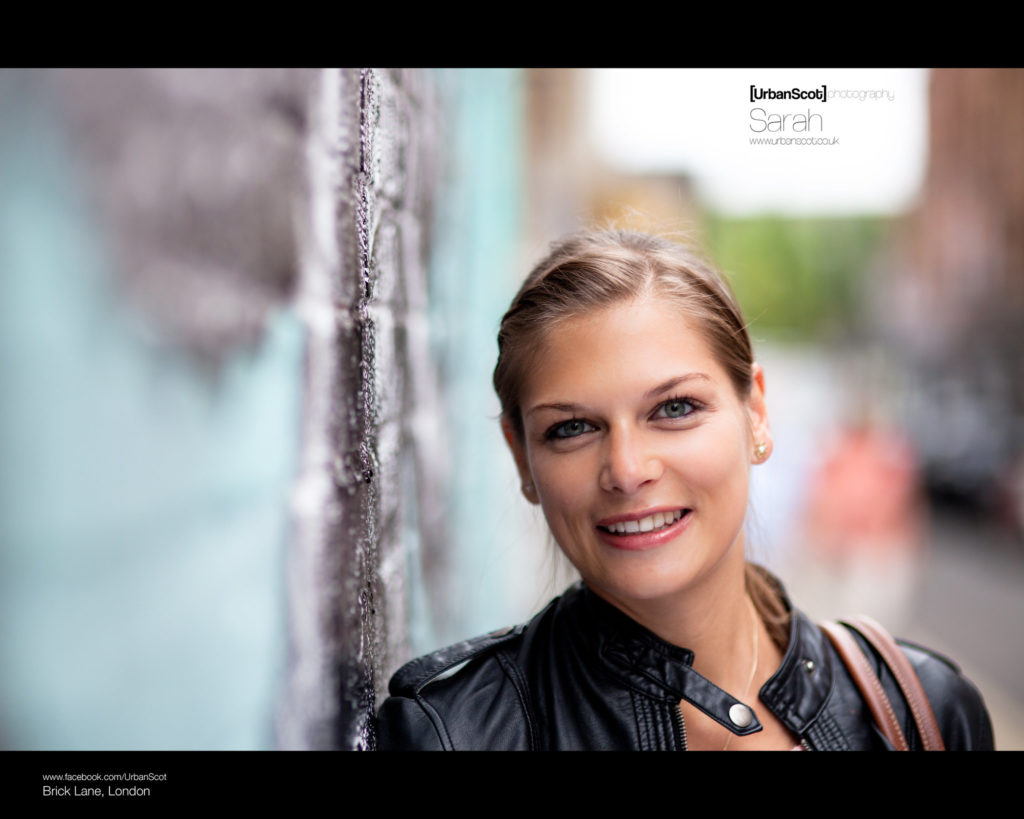
You can make absorption work for you- or against you.
Check out the portrait of the woman. She is standing outdoors, in open shade, under midday light. Yet, she has a beautiful soft side light on her face- with just enough shadowing to give her face definition and character. How did the photographer achieve this?
He used the power of absorption. Look where he placed her along the wall. It’s colored black. The color black has very high absorption qualities. So, it actually “sucked” the light away from that side of her face creating shadowing.
Now tell me- what would have happened if the brick wall were painted white?
REFRACTION
Refraction has little bearing on the “lighting” in photography- unless you’re an underwater photographer, or you like to photograph jewelry, or glassware.
Still, if you understand it- you’ll have another creative tool in your toolbox.
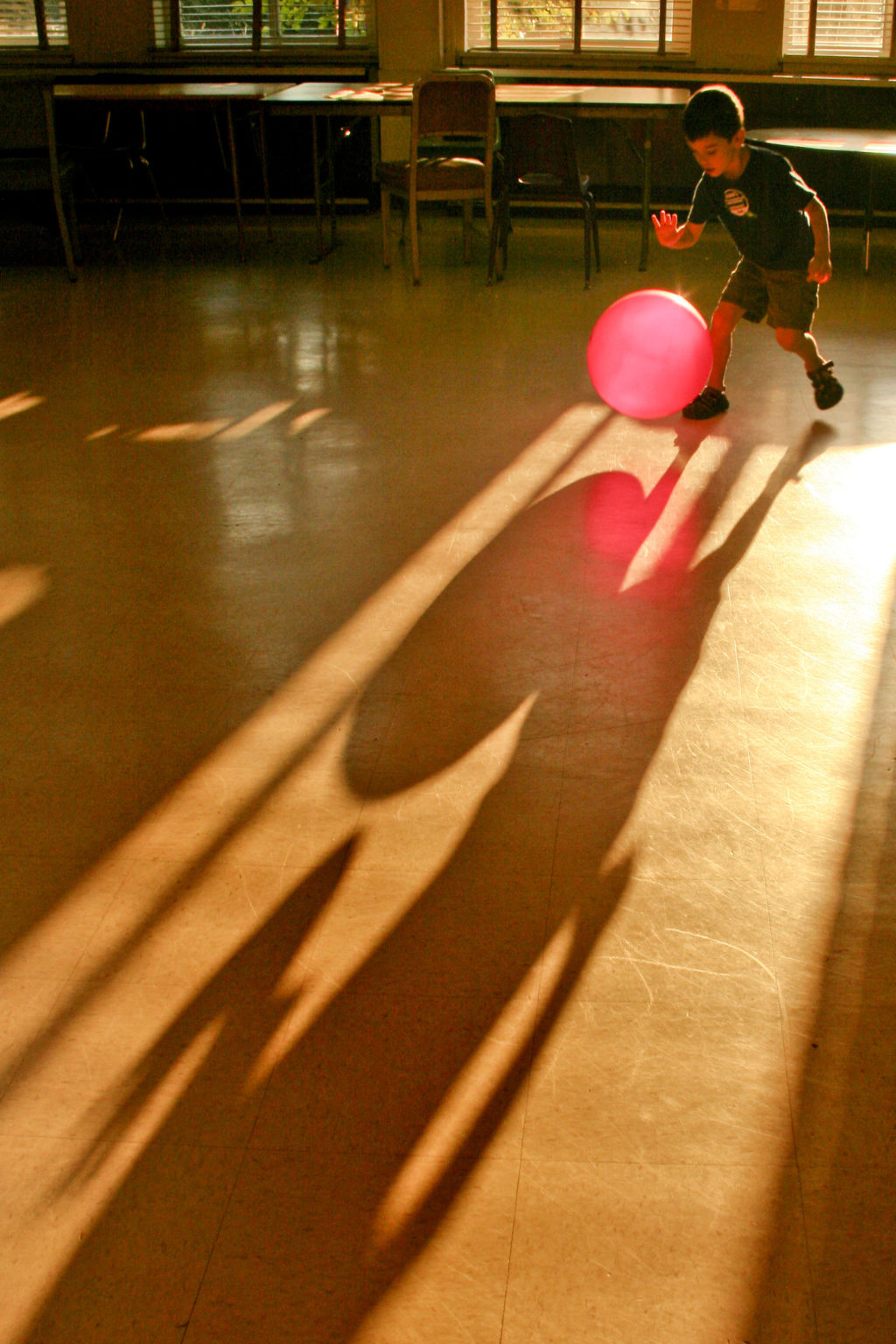
Refraction is at work in this photograph. Can you pick it out?
That’s right. Refraction occurs when there is a transmission rate in play. The light waves are refracted.
In this photograph, the pink ball created refraction. In the process of refracting the light, it changed the direction of the light rays (that’s why the “pink shadow” on the floor is at a different angle than the shadow created by the light coming through the window), it dispersed the light (that’s why the pink shadow has a softer edge than the rest of shadowed area), and it absorbed most of the light passing through it- allowing only the pinkish color of light waves to continue along their path (that’s what created the “pink shadow” on the floor to begin with)!
Hopefully you now understand the five characteristics and one undeniable truth about light! And did you notice something? In every example that we looked at- more than one characteristic was in play. All 5 are very closely tied together!
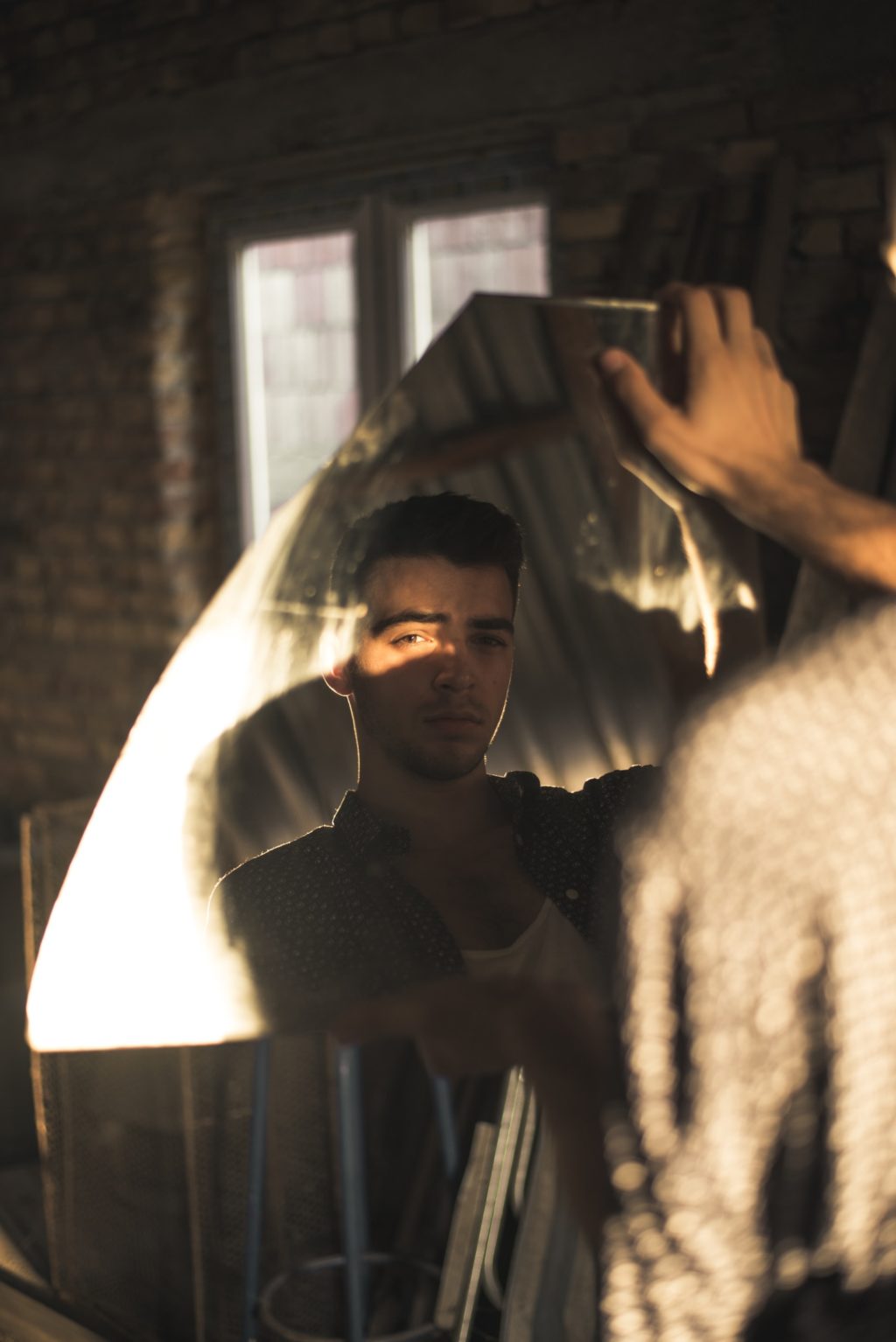
This photograph depicts all 5 characteristics of light. Can you pick them out?
If you would like to learn more about light, and what it can mean to your photography, I’ve written two books on the subject:
Understanding Light: Book I Is for those that don’t really understand how light functions and what that might mean to their photography. It delves more deeply into some of the subjects discussed in this article. It also includes some handy bonus material that you’ll find very helpful. Go here to take a look »
Understanding Light: Book II Is for the photographer who has a good grasp on the characteristics of light- but really doesn’t understand how to take that knowledge and make it work for them in their photography. It also includes some cool bonus material.Go here to take a look »
Have fun!





19 Comments
Brilliantly written!
Thanks!
Great and clear explanation! I’ve learned much today 🙂
Thanks Kristien!
Scotch and ginger ale!!!!
Ice? No ice?
Great article. I thought I knew all I needed to know about light and photography. I was wrong. This article was very enlightening!
Thanks Christine!
Great. Really. Except that light also travels as particles, which gently bend around hard edges and why all shadows have soft edges….
Hi Mark, First of all- Thanks for saying the article was great. And, I’m going to thank you for teaching me something new. I’ve studied ‘light’ most of my life (as a photographer- not a physicist). So, I had to go read up on your comment. And, as you already knew- you were correct. However, the fact that light, when dissected down far enough, travels as particles- has little to do with how a photographer would work with light, which is more what this blog is about. As far as light bending around edges. I didn’t spend hours on this- but from what I learned quickly- it appears that this is a result of refraction, which I didn’t cover extensively… but it was mentioned. Thanks for your comment.
Actually light acts as both wave and partical at the same time as these article show.
https://phys.org/news/2015-03-particle.html
https://micro.magnet.fsu.edu/primer/lightandcolor/particleorwave.html
Thank you Kent for the informative and beautifully illustrated article.
Thanks Milton!
Well, i don’t usually buy stuff like this online. I dont like being told i need something. However, I know i need to understand light better and your brief explanation caught my attention. Ive just bought your second book (and then thought i’d go all in and get the composition book too – Is this yours too?) and am very much looking forward to getting involved.
Here’s hoping this leap ive just taken becomes a valuable one. 🙂
I hope you’re satisfied Paul. Cheers.
Interesting article with great content. 2 points to note – during the intro you say 5 and then “six”. Second, the pink ball item – this has little to do with refraction; the ball is “glowing” due to it transmissively diffusing the light from the window, which makes it sufficiently conspicuous to be seen as a reflection via the floor surface; this is why it is not in line with the shadows, but instead is in line with the point-of-view – as you say, light travels in straight lines, in this case is demonstrating a wonderful example of (slightly diffuse) reflectance.
Nicely narated and informitive.Thanks good illustration .
Excellent tutorial! Thanks . ..
Hey Kent, great article. I read it twice. I have a background in X-ray tomography and transmission, not even close to light characteristics. Now I’ll experiment with light. Thanks